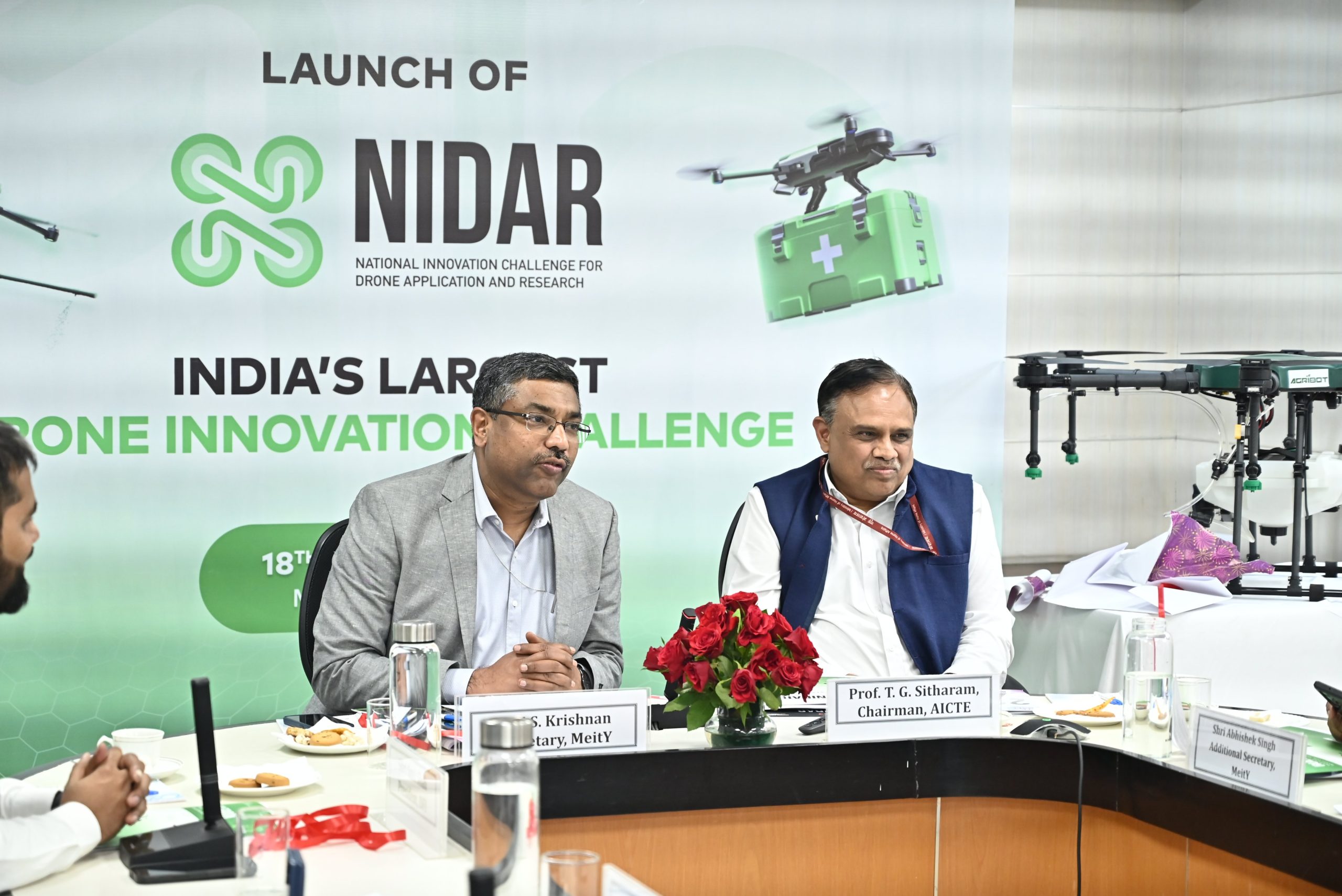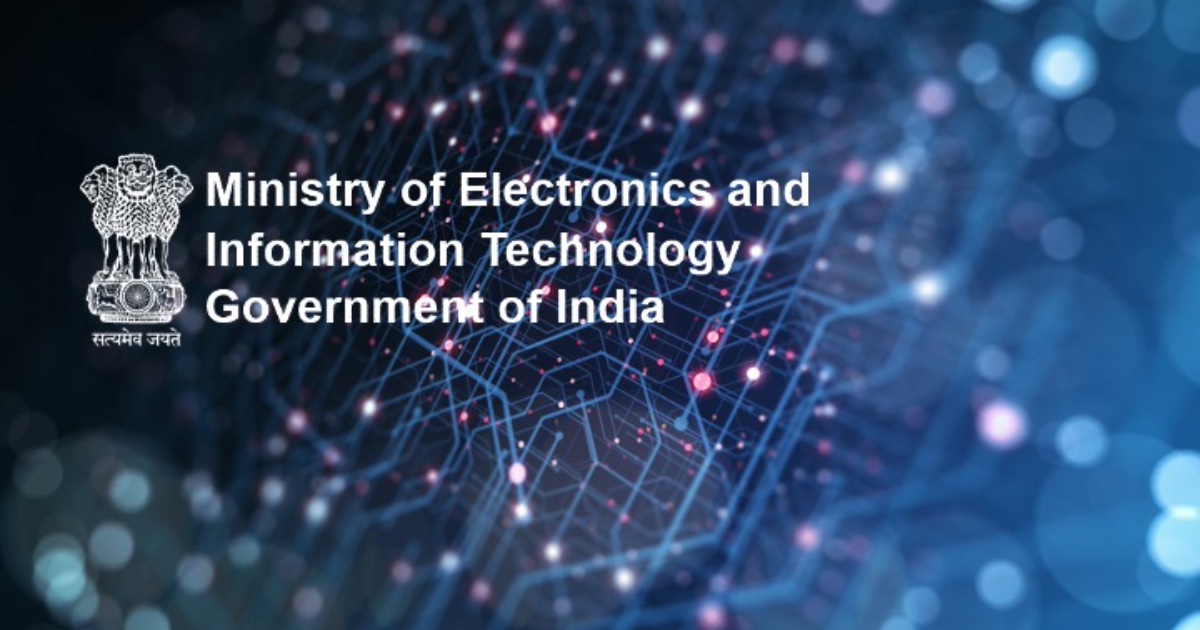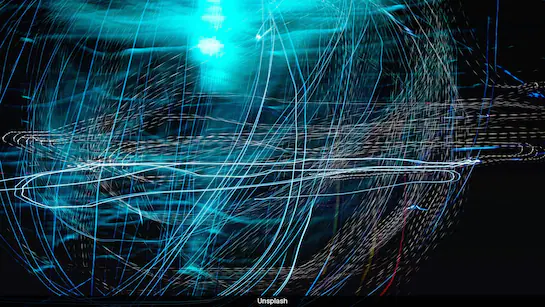- Courses
- GS Full Course 1 Year
- GS Full Course 2 Year
- GS Full Course 3 Year
- GS Full Course Till Selection
- CSAT
- 5 LAYERED ARJUNA Mentorship
- Public Administration Optional
- Online Program
- GS Recorded Course
- NCERT Batch
- Polity Module Course
- Geography Module Course
- Economy Module Course
- AMAC Module Course
- Modern India, Post Independence & World History Module Course
- Environment Module Course
- Governance Module Course
- Science & Tech. Module Course
- International Relations and Internal Security Module Course
- Disaster Management Module Course
- Ethics Module Course
- Essay Module Course
- Current Affairs Module Course
- ABOUT US
- OUR TOPPERS
- TEST SERIES
- FREE STUDY MATERIAL
- VIDEOS
- CONTACT US
Bombay High Court Strikes Down IT Rules Amendment on Fact-Checking Units
Bombay High Court Strikes Down IT Rules Amendment on Fact-Checking Units
02-11-2024
- In a significant ruling, the Bombay High Court struck down the 2023 amendment to Rule 3 of the IT Rules, which mandated the establishment of Fact-Checking Units (FCUs).
- This verdict was delivered in the Kunal Kamra vs Union of India case (2024) and has important implications for online freedom of speech and expression in India.
Background
- The 2023 amendment to the IT (Intermediary Guidelines and Digital Media Ethics Code) Rules, 2021, empowered the government to identify and flag "fake news" related to its activities on social media platforms.
- This identification was to be carried out by FCUs, and social media intermediaries were obligated to take down flagged content.
- Non-compliance could lead to legal action against intermediaries and the loss of their safe harbor protection.
- Earlier, in 2023, the Supreme Court had stayed the Centre's notification establishing an FCU within the Press Information Bureau (PIB).
Key Observations of the Bombay High Court
The High Court's decision to strike down the amendment was based on several key observations:
- Ultra Vires: The amendment was deemed to be ultra vires (beyond the legal power or authority) of the IT Act, 2000, exceeding the scope of the original legislation.
- Violation of Fundamental Rights: The court held that the amendment violated fundamental rights guaranteed under Articles 14 (Equality before Law), 19(1)(a) (Freedom of Speech and Expression), 19(1)(g) (Freedom to practice any profession), and 21 (Right to Life and Personal Liberty) of the Indian Constitution.
- Vagueness: The amendment lacked clarity in defining "fake" or "misleading" news, creating ambiguity and potential for misuse.
- Absence of "Right to Truth": The court emphasized that the State does not have a responsibility to ensure only government-approved information is circulated, especially in the absence of a legally recognized "right to truth."
- Disproportionate: The amendment failed the "test of proportionality," meaning the restrictions imposed on online speech were excessive in relation to the stated objective of combating fake news.
Implications
This ruling is a significant victory for proponents of free speech online. It underscores the importance of upholding fundamental rights in the digital age and highlights the judiciary's role in checking potential overreach by the government in regulating online content. The decision also raises important questions about the definition of "fake news" and the role of the state in combating misinformation.
Test of ProportionalityMeasures to restrict Fundamental Rights must satisfy the following:
Balancing: Weighs the benefits of the law against the rights it may infringe upon. |




